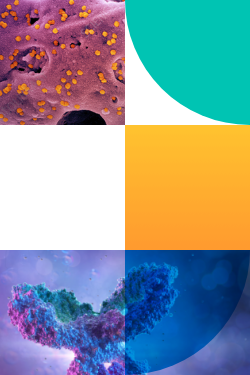In an earlier article, we highlighted the top lab instrument integration requirements for LIMS / ELN laboratory systems RFPs.
Robust science data is simply a must for any laboratory. When launching a LIMS / ELN Request for Proposal, you should consider several requirements to ensure that the system you purchase can meet your needs. This blog post discusses some of the top requirements for a LIMS / ELN RFP document concerning laboratory scientific data.
Unified, Centralized Scientific Data
A laboratory information system should have a centralized scientific data model and storage mechanism allowing data consolidation from various vendor systems, instruments, and locations. This ensures that the data is consistent and eliminates the possibility of data duplication. A unified, centralized LIMS / ELN data system makes it easier to manage and analyze data and saves time and resources.
Advanced Search
A fuzzy search algorithm is a powerful feature to include in your LIMS /ELN RFP that enables a Google-like search where exact keywords and correct spelling aren’t necessary. Targeted searching can be done on all fields with a user-friendly query builder requiring no LIMS / ELN database structure or SQL knowledge. Query By Example supports complex searches with an intuitive interface, again where no knowledge of SQL is required.
Built-in Visualizations
A LIMS / ELN should provide built-in visualizations that enable users to analyze scientific data conveniently. Visualizations such as scatter plots, heat maps, and bar graphs can help users quickly identify trends, correlations, and anomalies in data. Visualizations can make complex data more accessible and understandable and help users make informed decisions.
Automation Rules Engine
Another key RFP requirement is that a lab information system/notebook should have a rules engine that enables the user to specify the conditions under which certain actions are to be taken on data. A lab rules engine can automate scientific data validation, data normalization, and data transformation, which saves time and reduces errors. A rules engine can also help to ensure that data quality is maintained, and it can provide alerts when data values fall outside predefined ranges.
No-Code
A no-code laboratory information system is a system that does not require any coding to operate. This means that users do not need programming skills to use the system and can easily create custom reports, dashboards, and workflows using a drag-and-drop interface. A no-code laboratory information system is essential because it enables users to quickly configure the system to meet their specific needs without requiring extensive technical skills or training.
Knowledge Graph
A knowledge graph is a powerful feature that lets users visualize the relationships between scientific data points. A knowledge graph can help users identify correlations and patterns in data and provide valuable insights into complex data sets. A knowledge graph is an essential feature for a LIMS / ELN system and RFP because it enables users to quickly navigate data, identify relationships, and make informed decisions based on the data.
Data Quality Control Charts
A LIMS / ELN system should have built-in quality control charts that enable users to monitor the performance of laboratory processes. Quality control charts enable users to quickly identify trends, outliers, and other anomalies in scientific data, which can help to improve the quality of laboratory processes. Quality control charts are essential for a lab information system because they enable users to ensure that laboratory processes are operating at peak efficiency and produce accurate and reliable data.
In conclusion, a LIMS / ELN laboratory information system is an essential tool for managing laboratory scientific data, and it is vital to consider RFP requirements when purchasing a system carefully. A system with unified, centralized data, fuzzy search, built-in visualizations, a rules engine, no-code functionality, a knowledge graph, and quality control charts can help to ensure that laboratory processes are efficient, accurate, and reliable.





